Taking a smart approach to building management - by Jamie Paris Boisvert

Siemens
The changing weather patterns as of late – cold and snowy one week and 75 degrees the next – have had all of us scratching our heads here in New England. In addition to putting undue stress on our office attire (short-sleeve shirt or sweater is not typically a question we ask ourselves in February), this recent 40-degree swing in temperature can also have a significant impact on the buildings where we live, work, study or receive care.
But what are we to do to prevent headaches, costly repairs and uncomfortable settings brought on by this seemingly bi-polar Mother Nature?
For one, we can make sure that our building and facility managers are aware of the hazards that weather can create – both outside and inside. Checking and double-checking cooling towers, chillers, pipes and HVAC systems is a must. So is making sure that doors, windows and entryways are appropriately sealed and secure.
But now we can also take it one step further: designing and implementing intelligent infrastructure. In other words, creating buildings that can literally help us outsmart the weather with a single push of a button. Or smart buildings, as we like to call them here at Siemens.
By remotely controlling temperature and access through Integrated Building Management Systems (IBMS), facilities of all sizes – from office buildings to universities to hospitals – are now in a position to not only drastically reduce operating costs and improve energy efficiency, but also ensure that the people inside remain comfortable, regardless of what’s going on outside.
In fact, IBMS can be a facility manager’s best friend and most trusted colleague – particularly during a storm or other event when a building might need to be managed remotely. Systems like these can help to:
• Control simultaneously various disparate building systems (such as heat/ventilation/air conditioning, fire life safety, building automation, lighting, shades, and energy management);
• Regulate temperature and humidity settings within buildings;
• Indicate if (and where) excessive energy is being used; and
• Identify if a problem is soon to occur (and then take steps to mitigate the problem) within a building system.
Consider a large office building that houses multiple tenants. What happens if one company closes for a storm while the others stay open? With IBMS, both security and temperature systems can be controlled remotely, thereby allowing the offices that are open to hold a comfortable temperature and the offices that are closed to maintain a lower, and far more economical, environment.
While occupied by a single tenant, the offices of a large, diversified global insurer in downtown Boston use technology to adjust building operation remotely. So if employees can’t make it into the offices because of a nor’easter, energy can be conserved by overriding the normal “occupied” settings, to better reflect the true unoccupied status of most spaces.
Or, on inclement weather days here in the Boston area, IBMS allows college and university students to access dorms, dining halls, libraries and recreation centers, but lock academic buildings that do not require staff. This same technology is vital to New England’s world class hospitals, especially in the event of a power outage. To minimize the consequences, IBMS can redirect power from one area of the building to another to ensure critical patient care systems are maintained.
So while intelligent infrastructure can’t solve the short-sleeve vs. sweater debate, it can make sure that buildings – and the people inside – remain safe, secure and comfortable.
Jaime Paris Boisvert is the general manager, building technologies of Siemens, Boston, Mass.
Mount Vernon Co. acquires John Carver Inn & Spa in Plymouth, MA

Recently passed legislation creates opportunities to meet CT’s changing energy needs - by Klein and Feinn

Selecting the right façade installation firm - by Steven Powell


.png)
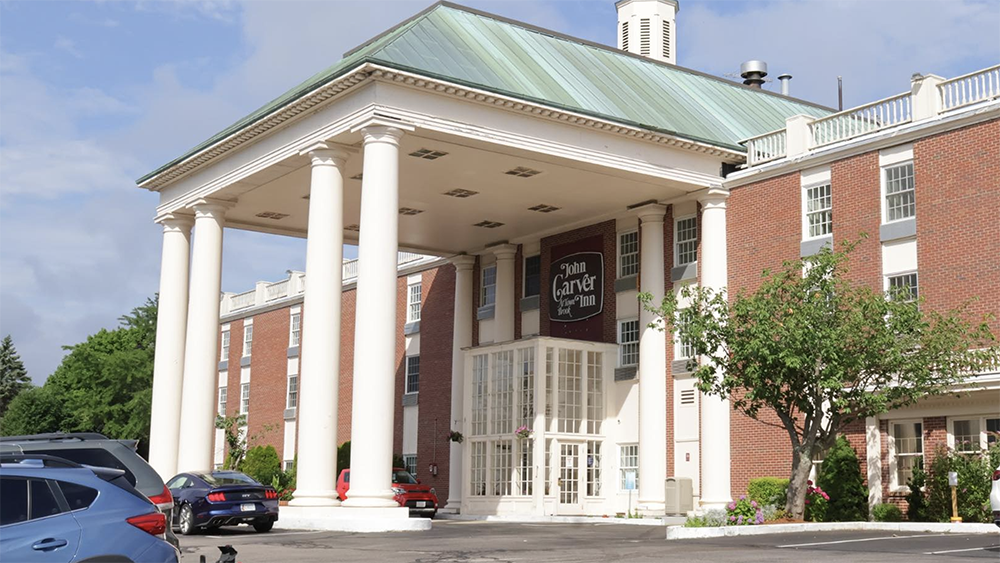
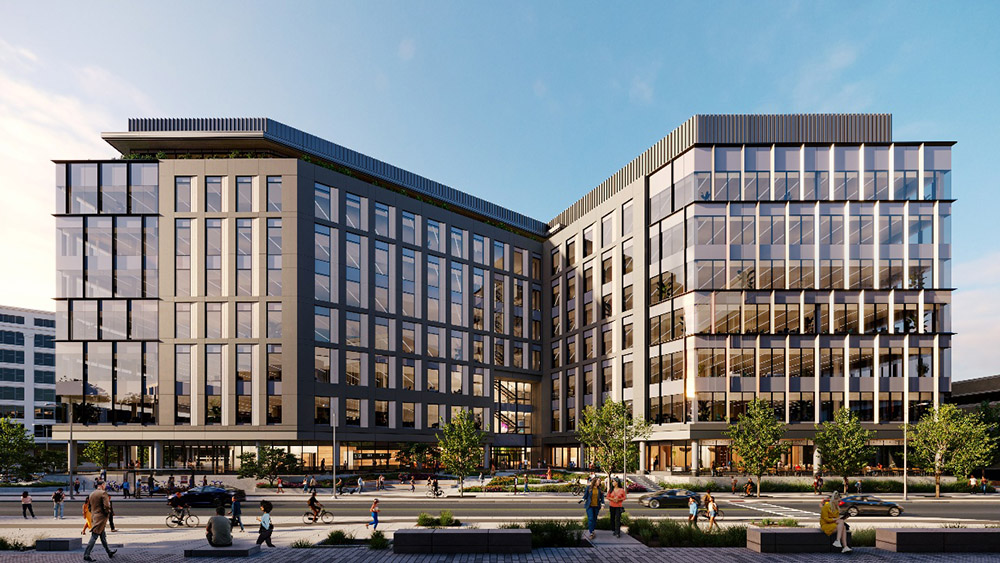
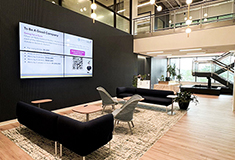
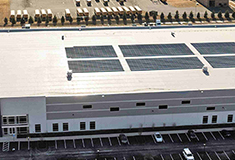
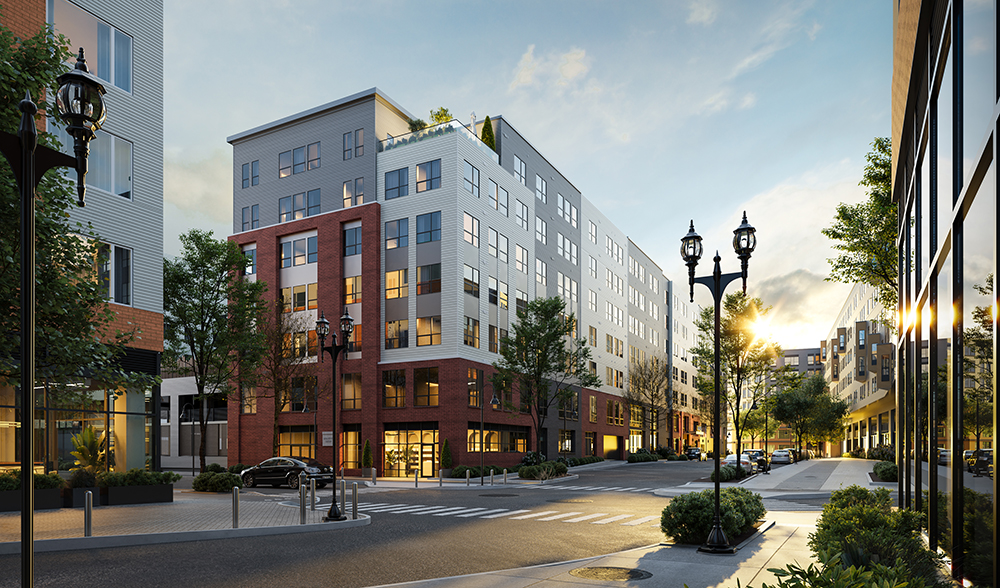
.png)

